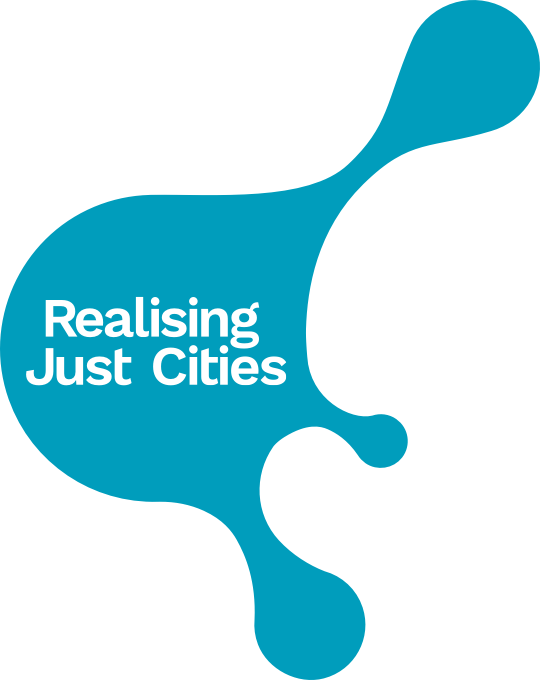Mapping Participatory Urban Governance
By Bert Russell
The Jam & Justice project has been looking at examples of participatory urban governance across the Global North and South. We want to find examples of inspiring, workable, and actually existing examples of how citizens can be involved in decisions, processes and structures that affect them.
The previous year has witnessed unprecedented political turbulence, with the outcome of the UK’s EU referendum and the US Presidential election widely unpredicted by polls, analysts, commentators and bookmakers alike. Whilst the nuances of these events are complex, what they signify is a widespread frustration with the political status quo. People are increasingly feeling that there is an absence of control over decisions, processes and structures that affect them.
Commonly expressed through a populist politics that pits ‘the people’ against an abstract elite, some groups have sought to harness increased disillusionment with liberal democratic institutions to promote unjust perspectives and policies. Yet these movements generally fail to address the underlying disempowerment and alienation on which they draw, and offer no vision of what more inclusive or just forms of governance could look like. The underpinning desire to have more control over the decisions that affect our lives is emerging as a central political question for our times. Progressive strategies are needed which engage and involved citizens in urban decision-making and governance.
Meanwhile, cities around the world are experimenting with participatory forms of governance that – to differing degrees – aim to really offer citizens an opportunity to shape the decisions that affect them. From the early days of participatory budgeting in Porto Alegre through to the online municipal planning process in Barcelona, there are numerous inspiring examples from around the world of the different forms that participatory governance could take. We are in urgent need of imagining what more participatory urban governance could look like, how we can innovate, what makes it work and how to introduce new and adapted processes.
If you've got an example you'd like to share with us, please get in touch.




